Recent Posts
-
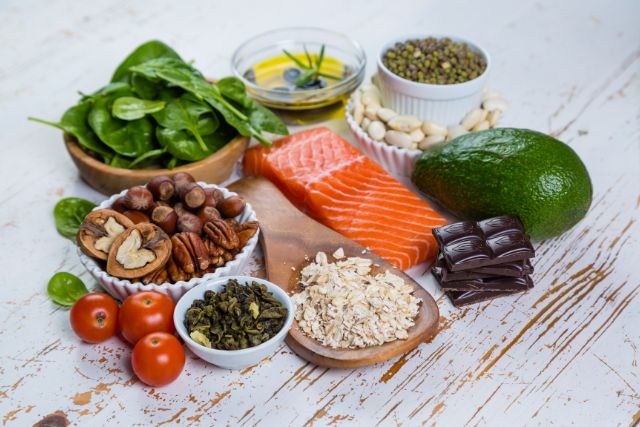
- Diabetes-Friendly Nutrition: Smart... 08.12.2024
-
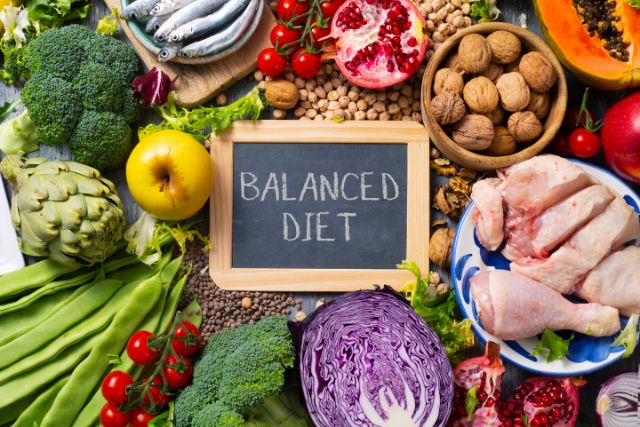
- Nutrition for Chronic... 08.12.2024
-
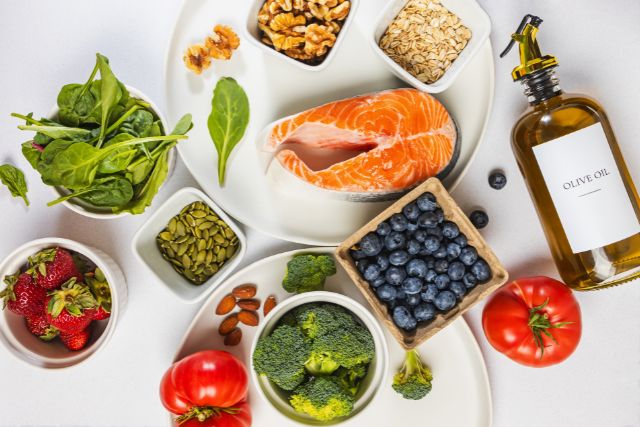
- Anti-Inflammatory Diet: Food... 08.12.2024
-
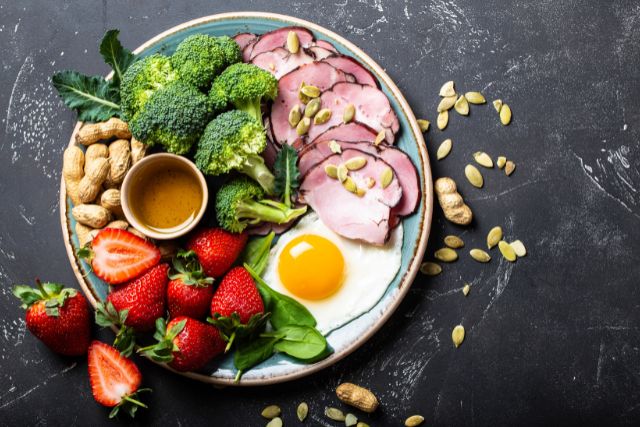
- Low-Sodium and Heart-Healthy:... 08.12.2024
-
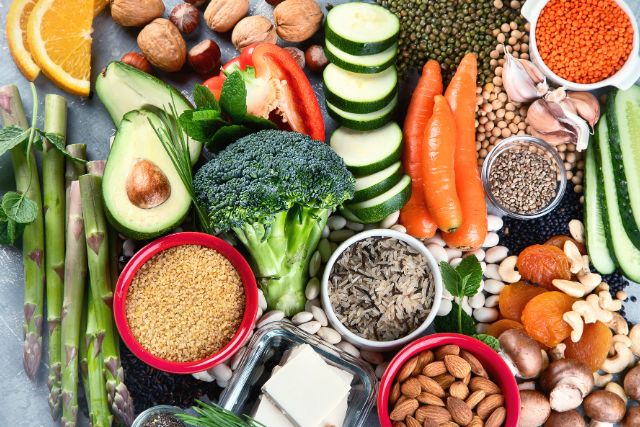
- Plant-Based Diets for... 08.12.2024
Why Hong Kong Nai Bai Should Be on Your Grocery List: Nutrient-Packed and Delicious
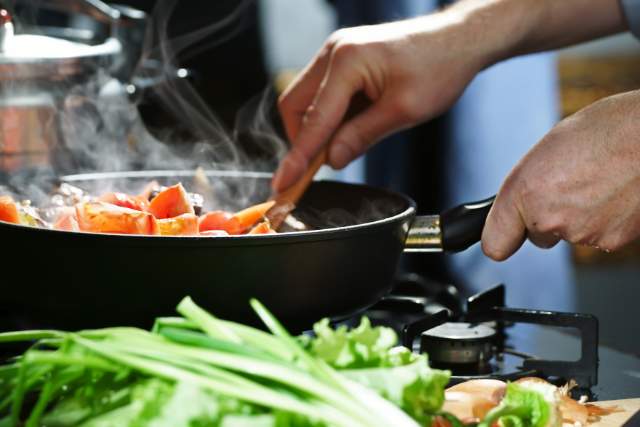
You must include this flavorful and well-liked green on your shopping list; increase your consumption of this vegetable to make the most of its nutrients. Let's look at a few more of the specifics that are mentioned in the article.
The Nai Bai, a variety of the Bok Choy, is a kind of vegetable that is particularly well-liked among residents of Singapore. For those who speak languages other than English. This should not come as a surprise, given that the name of this vegetable translates to "milk white." Nai Bai gets its name because its stems are visibly white, and because of this distinguishing feature, it is simple to identify amid a collection of green vegetables. Despite its name, the color of its leaves is similar to that of a gloomy forest.
In general, the Nai Bai has a mild and sweet taste, but the younger leaves of the plant have a somewhat mustardy flavor. The Nai Bai is a smaller version of the Xiao Bai Cai that is likewise softer and sweeter than its larger counterpart. Do not underestimate this tiny head of vegetable since it is one of the few vegetables that, after being cooked, retains both its leafy texture and its crunch, something that not many other vegetables can claim to have. However, the Nai Bai most certainly can!
There have been very few complaints about how bitter it is. You can be sure that you are tasting the chemicals employed in the growing process if you come across a head of bitter Nai Bai; as an alternative, you should consider purchasing organic varieties.
You can also look forward to the nutrients that this vegetable provides, in addition to the flavor that this green offers. Let's have a look at the statistics on these different nutrients. According to the National Nutrient Database maintained by the United States Department of AgricultureTrusted Source (USDA), one cup of raw bok choy, which weights 70 grams (g), has a total of
Nine calories
1.05 g of protein
1.53 g of carbohydrates
0.7 g of dietary fiber
0 g of cholesterol
0.067 g of polyunsaturated fat
74 mg of calcium
0.56 mg of iron
13 mg of magnesium
26 mg of phosphorus
176 mg of potassium
46 mg of sodium
0.13 mg of zinc
31.5 mg of vitamin C
46 micrograms (mcg) of folate
156 mcg of vitamin A (RAE)
31.9 mcg of vitamin K
Vitamins
The Nai Bai is chock-full of vitamins A, C, and K, much like the Cai Xin, the Kai Lan, and the Bayam.
Minerals
Calcium, phosphorous, potassium, manganese, iron, and magnesium may be found in high concentrations in the Nai Bai. Potassium is an essential electrolyte located in the body's cells and fluids. It has a role in regulating the heart rate and blood pressure. The antioxidant enzyme known as superoxide dismutase requires manganese to function correctly as a co-factor in the body. The development of red blood cells requires the presence of iron.
Others
Compounds found in Nai Bai have been shown to help protect against malignancies of the breast, colon, and prostate malignancies due to their high antioxidant content. Additionally, it may assist in lowering levels of LDL, popularly known as "bad cholesterol," in the blood.
When selecting any kind of green leafy vegetable, the most important thing to look for is a robust and healthy stalk. When preparing the Nai Bai, check that the stalks are not floppy but relatively solid. Steer clear of leaves that have turned yellowish-green because this indicates that they are old and likely deficient in nutrients. The presence of holes in the leaves is natural and means that the agricultural procedure did not include pesticides.
The ease with which the Nai Bai may be prepared and cooked is another factor that contributes to its widespread appeal. Simply remove any leaves that have become discolored, and then rinse the plant under cold water to clean the space between the stalks. Flip it over so that it can dry, and then you can start cooking it! Since the Nai Bai are on the smaller side, many people cook them whole rather than slicing them up when they prepare them in the kitchen. On the other hand, slicing things up is becoming an increasingly prevalent practice in modern times.
Disclaimer: The information provided in this article is for general information purposes only. All information in this article is sourced from other websites, and we do not represent any rights regarding the contents and information on the site. All rights belong to their original owner.
Sources:
- Nai Bai (Bok Choy) | Straits Market
- NAI BAI: EVERYTHING YOU NEED TO KNOW | ORGANIC TIMES (wordpress.com)
- NAI BAI (200gm) (myexpress.com.sg)
- Bok choy: Benefits, nutrition, diet, vs spinach, and risks (medicalnewstoday.com)





